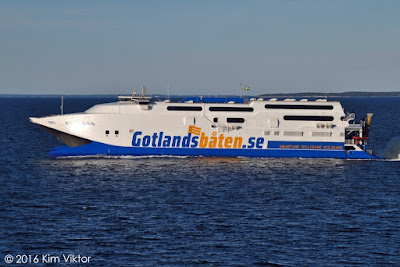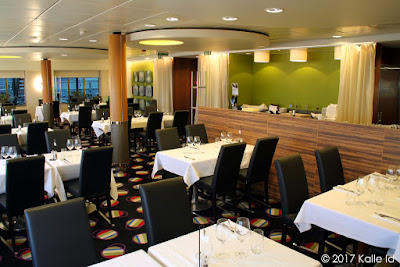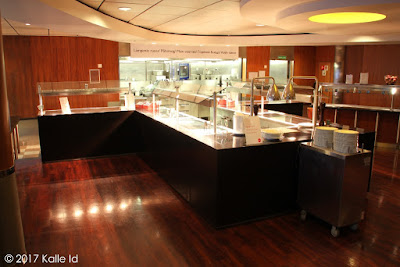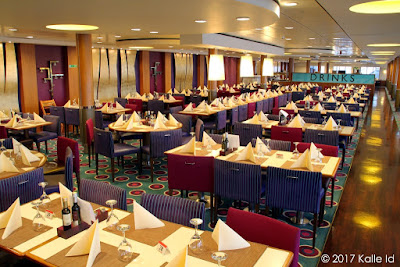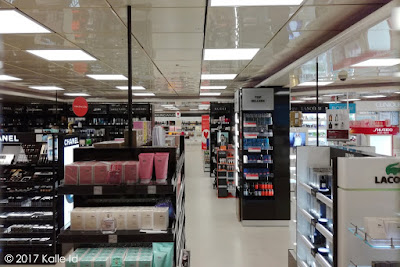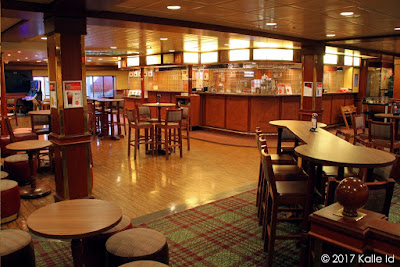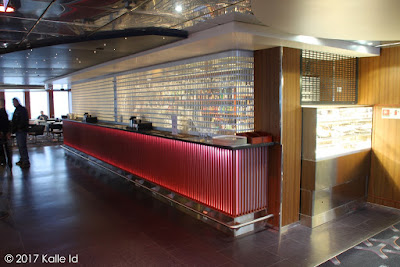Isle of Lewis
IMO 9085974
Built 1984, Ferguson Shipbuilders Glasgow, United Kingdom
Tonnage 6 753 GT
Length 101,25 m
Width 18,52 m
Draught 4,19 m
970 passengers
114 cars
170 lane metres
2 Mirrlees Blackstone diesels, combined 6 442 kW
2 propellers
2 bow thrusters
Speed 18 knots
As the name perhaps suggests, the Isle of Lewis (or Eilean Leòdhais in Gaelic) was originally built for Caledonian MacBrayne's prestigious run linking Ullapool on the Scottish mainland with Stornoway (Steòrnabhagh) on the titular Isle of Lewis. The ship sharing its name with the island was built by Ferguson Shipbuilders in 1995; it was named by Her Royal Highness Princess Alexandra in April 1995. On completion in July of the same year, the Isle of Lewis was not only the largest ship in the CalMac fleet by some margin, but also the fastest, with a top speed of 18,92 knots reached during the sea trials.
From 1995 until the entry into service of the new Loch Seaforth in 2015, the Isle of Lewis sailed on the Ullapool-Stornoway -run. Interestingly, until 2009 there was no service on Sundays, as the Isle of Lewis was the last place in Britain where Sabbath was strictly observed.
Following the arrival of the Loch Seaforth, the Isle of Lewis was moved to sail out of CalMac's hub in Oban to Acha (Coll) and Scarinish (Tiree) in the Inner Hebrides where, as far as I could gather from CalMac's website, the ship remains at the time of writing,
The photos below show the Isle of Lewis in the Sound of Mull (if I have identified the loction correctly) on 4 june 2016, photographed from onboard the paddle steamer Waverley. As per the usual, click on the images to see them in larger size.
 |
| Proper Scottish weather we had. |
 |
| Maybe I'm being too negative here, but... yeah. Not my favourite of the CalMac fleet as far as looks go. |
 |
| The background does look very Scottish here. |
 |
| One thing I also wonder about are the narrow aft ramps on most CalMac ships... surely a wider ramp would be a much more modern solution? |
 |
| The landscape looks great, though! |
Kships will return. Next week, I should be able to finally get some good exterior shots of the Megastar, so that will probably be the subject of the next update.





